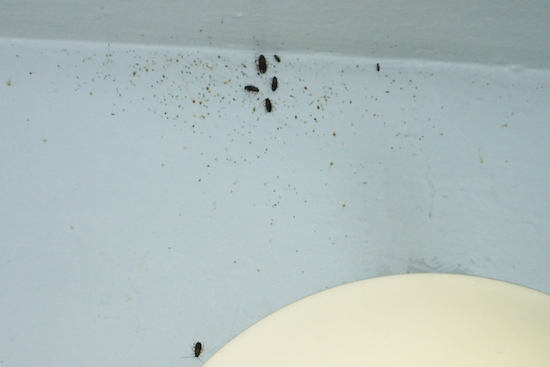Stringer Audit: Dept. of Homeless Services places families with children in shelters with substandard conditions

The New York City Department of Homeless Services (DHS) places homeless families with children in shelters plagued by rodents, mold, peeling paint and broken windows, according to an audit released Tuesday by New York City Comptroller Scott M. Stringer.
The audit identified a number of operational deficiencies that contributed to these conditions, including the fact that DHS allows shelter providers to “self-monitor” their own facilities, has inadequate oversight over inspections performed by shelter staff, has failed to meet the agency’s own goal for helping families transition out of shelters into long-term housing, and has regularly failed to sign contracts with shelters, often relying on verbal agreements instead.
“Over 23,000 homeless children in our city slept in nightmare conditions last night, many of them surrounded by peeling paint, some of them feeling the chill from broken windows and others sharing space with vermin,” said Stringer.
